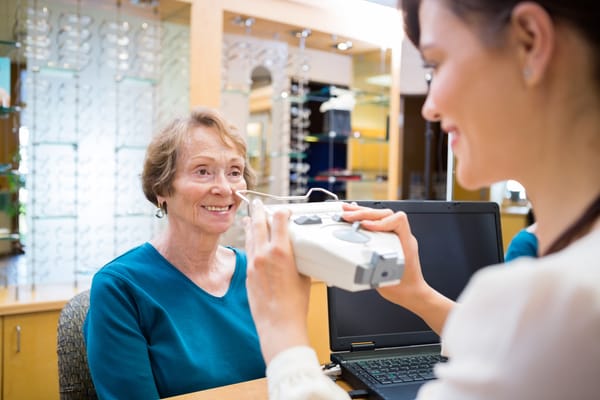Understanding antibiotics: what they are and how they work

Antibiotics are antimicrobial substances naturally produced by bacteria and fungi that serve as one of our most powerful tools against bacterial infections. Their discovery revolutionized medicine, making it possible to safely perform cancer chemotherapy, organ transplants, and complex surgical procedures. Before antibiotics became available, bacterial infections were a leading cause of illness and death.
Antibiotics work by selectively targeting features unique to bacteria. They may disrupt the bacterial cell wall, interfere with enzymes that are essential to bacterial survival, or inhibit bacterial protein synthesis. Depending on their mode of action, antibiotics are classified as either bacteriostatic—which stop bacteria from growing and multiplying—or bactericidal, which directly kill bacteria.
One of the most widely known antibiotics is penicillin, which contains a β-lactam ring and works by breaking down the bacterial cell wall. It is a bactericidal antibiotic and is especially effective against bacteria that lack an outer membrane.
While antibiotics can be life-saving, they may also cause side effects. Common complications include allergic reactions, serum sickness, disruption of the body’s normal bacterial flora, and in some cases, bone marrow toxicity.
A growing concern in modern medicine is antibiotic resistance—a phenomenon where bacteria evolve and become less responsive to antibiotics that were once effective. Misuse of antibiotics significantly contributes to this problem. Examples of misuse include overusing broad-spectrum antibiotics, prescribing antibiotics for viral infections (particularly in children), and initiating treatment without confirming a bacterial cause (empiric use). Alarmingly, more than 70% of bacteria responsible for hospital-acquired infections now show resistance to at least one commonly used antibiotic.
The Boom Health app allows users to book registered nurses, personal support workers, and personal care services, schedule transportation, order prepared meals, rent or purchase medical equipment, and get emergency assistance. Download the app from the App Store or Google Play Store.
This article is not intended to be a substitute for professional medical advice or diagnosis. Always seek the advice of your physician or another qualified health provider with any questions you may have regarding a medical condition.




